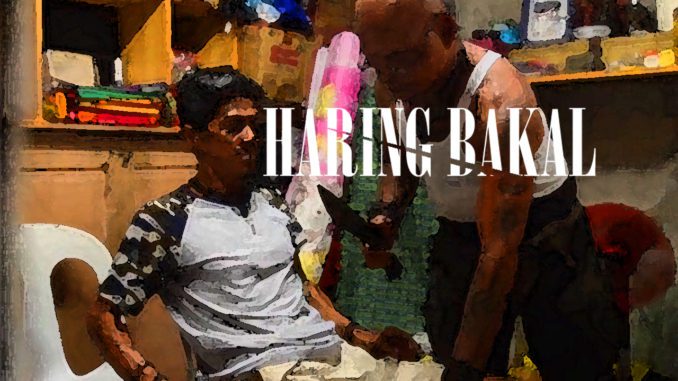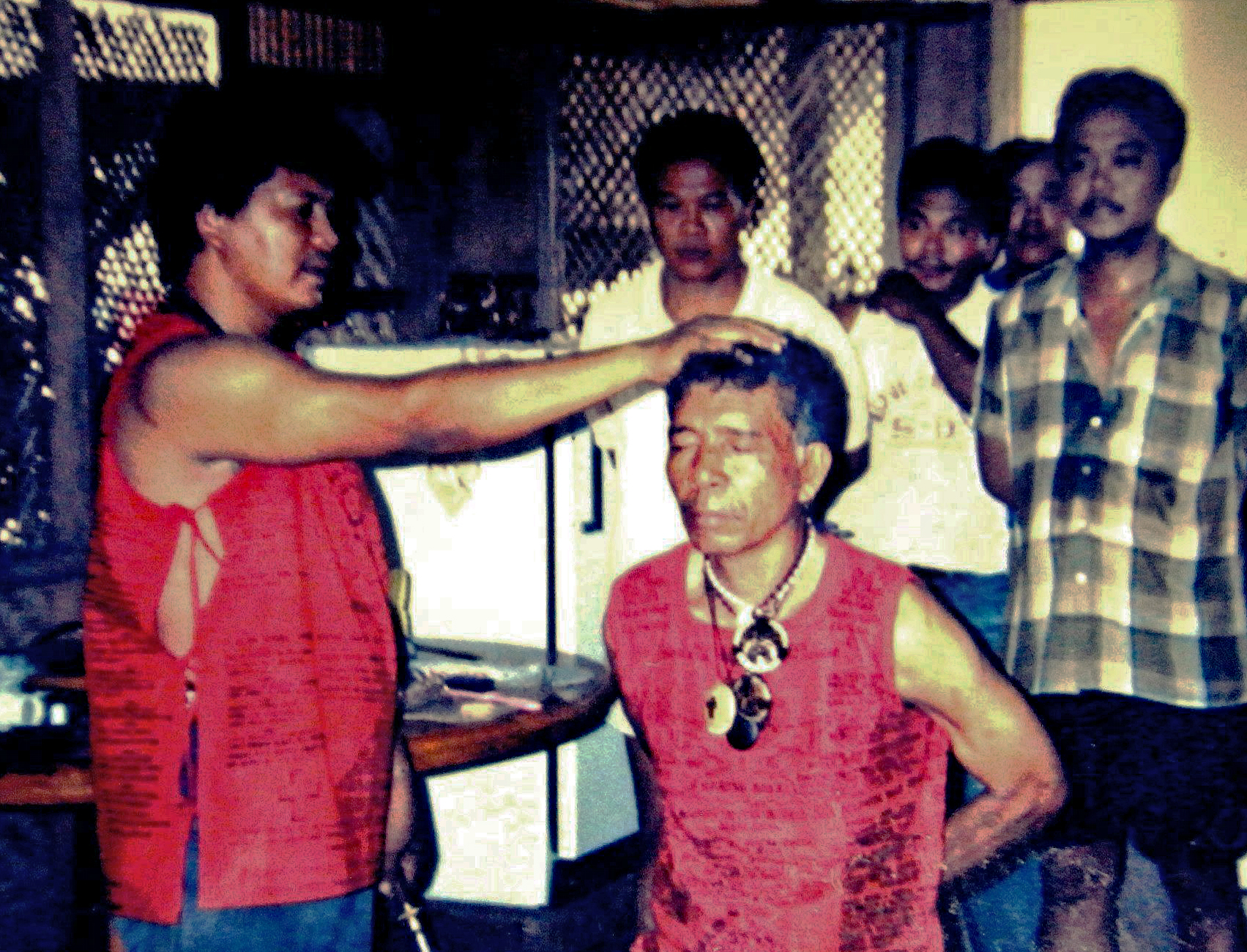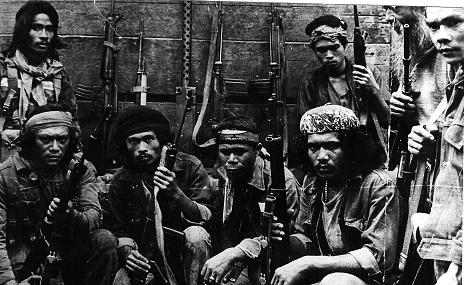
Talismans – what comes to mind when we think of these objects? Many people believe that these objects hold some sort of magical power, offering good luck and even protection to its possessor.
One group in the Philippines named the Haring Bakal or Iron King has taken the use of talismans or anting-anting to another level. The controversial group is known to rob graves to obtain human body parts which will be used as talismans to gain invisibility powers. But, we’ll get back to that later.
The foundations for the groups are said to have been established in Mindanao in the late 1800s by Dodong Aquilino Lagari Gulang although there are no strong records backing this claim. Though the group labelled both a cult and militia movement began to gain the most traction in the 1970s during the martial law era.
Operations of the Haring Bakal
The Haring Bakal are mostly known for several unusual practices within the organisation. It is common for members to claim they have the ability to ward off bullets and knives. These claims have actually helped increase membership, especially amongst police and military personnel whose lives are often under threat from these attacks.
For those of you who are keen to gain these bullet repelling powers, becoming a member isn’t as simple as you may think. First, to gain membership, you must receive a blessing. This blessing involves being hit by the blunt side of a bolo or sword in several parts of your body.
The number of strikes you receive determines your ranking within the Haring Bakal. Initially, members will receive 6 strikes, though to move up the hierarchy and gain more powers, members will need to receive more strikes across their body including the back and sides of the neck.
So, as you can see Haring Bakal is not an easy organisation to join. On top of the initiation ritual, the organisation still requires potential members to submit an NBI police, and barangay clearance, as well as an assessment of the potential member’s intentions.
This is because the organisation requires its members to follow a strict code of ethics. Members are required to protect and serve the community, not to cause harm. People found violating these principals are expelled from the group.
Many members expelled from the group have gone on to start their own groups still utilising the same principals of the Haring Bakal. There are now many different community crime-fighting groups throughout the Philippines which have defended from the Haring Bakal.


The power of the talisman
The members of Haring bakal make use of various kind of talismans to achieve their powers. Some members will simply receive a prayer they can repeat daily, as well as pieces of clothing with sacred words or prayers of protection written on the clothing.
Another practice amongst the Haring Bakal which has garnered them some notoriety is their practice of robbing graves. That’s right, members will dig up graves to find body parts of the deceased which can be used as a talisman. The members will call out the name of the deceased during their prayers calling for their protection.
So, just how powerful are these talismans?
To display the power of these amulets in action we can look to the case of Rolando Sabayon. Sabayon went out one afternoon with some associates for a drinking session.
Over the course of the afternoon, Sabayon became intoxicated and began to brag about the powers he received from his amulet and his association with the Haring Bakal. Feeling confident, Sabayon went on to challenge everyone in the village to fight him.
Eventually, Sabayons associates left him, while Sabayon went to settle down and sleep in a shed nearby. Not long after an unidentified individual found Sabayon, cut his neck, and decapitated him.
This shows the true power of the amulet. True believers in its power gain the confidence to face their fears and speak out to potential threats. But the fact is, like Sabayon, the holders of the talismans are still as vulnerable as everybody else, and as we can see don’t give you the powers to ward off knives


So where did the Haring Bakal come from?
To learn about the foundations of the Haring Bakal we need to go back to the 1970s. During this time the late President Ferdinand Marcos was known to aid in the formation of civilian militias. This was especially rampant during the martial law era of the Philippines.
These civilian militias became quite prevalent in rural areas during the time, as they had been utilised to fight groups such as the Huks after the Philippines achieved independence.
They were utilised to fight against insurgency operations carried out by communist and Muslim rebels. Though, these militias were often used as an instrument to exercise power over the local civilian populations.
The story began with a man named Feliciano Luces, who went on to assume the name “Commander Toothpick”. Coming from Pikit near Cotabato in Mindanao, Luces built a reputation for being a ruthless fighter while in hand to hand combat against the Muslim insurgency in Mindanao.
Luces and his followers known as the Ilaga gained the backing of President Ferdinand Marcos, as they were useful for maintaining the Presidents desired status quo. They maintained their reputation by continuing to carry out daring exploits which were essentially massacres of the Moro rebels in Maguindanao and North Cotabato.
The link to the Haring Bakal
Commander toothpick was feared because it was claimed that he had been invincible to his enemies. Despite the amount of death caused by Luces and the Ilaga, the group acted with impunity due to their affiliation with President Marcos.
As complaints about his abuse of the Moro people began to mount, Luces continued to evade any conflict with the police, which continued to build the legend behind the commander.
To this day loyal followers try to obtain a piece of the late commander’s skeleton to be used as an amulet. The commanders grave has been moved repeatedly due to many burglary attempts, as followers try to share in the powers their progenitors of the group were perceived to possess.


Be the first to comment